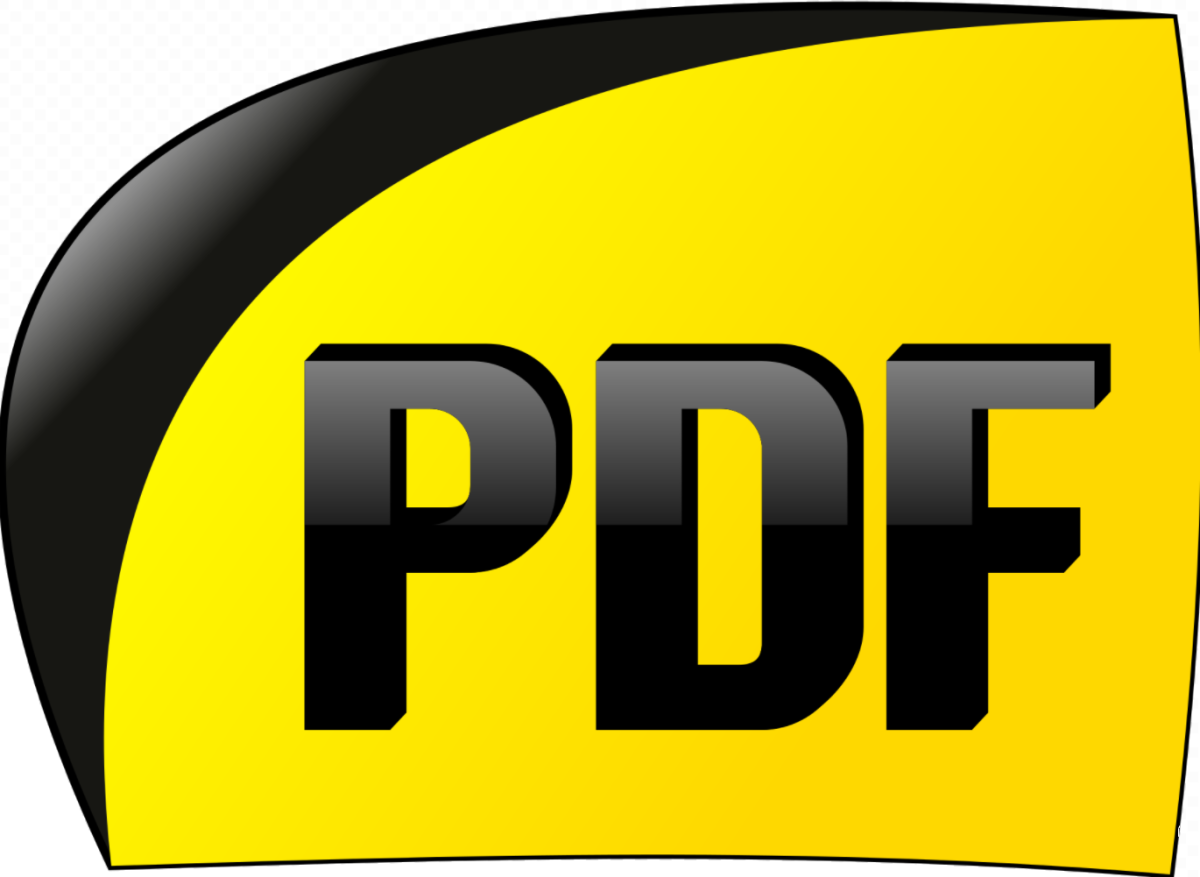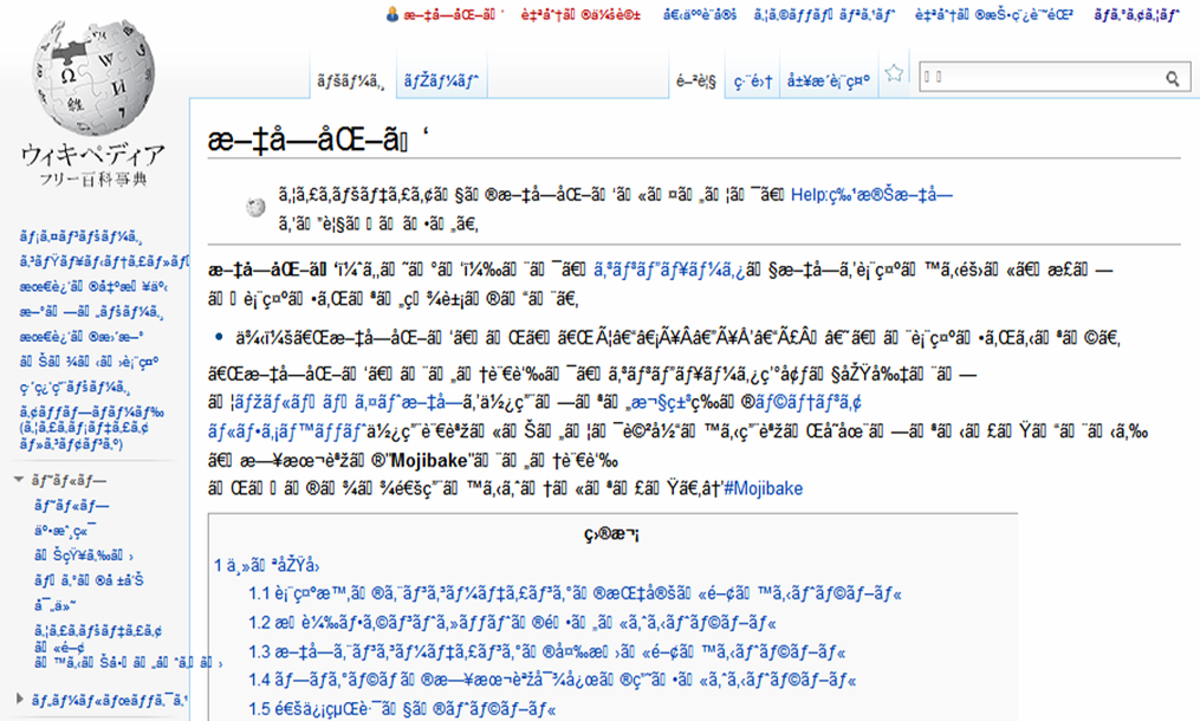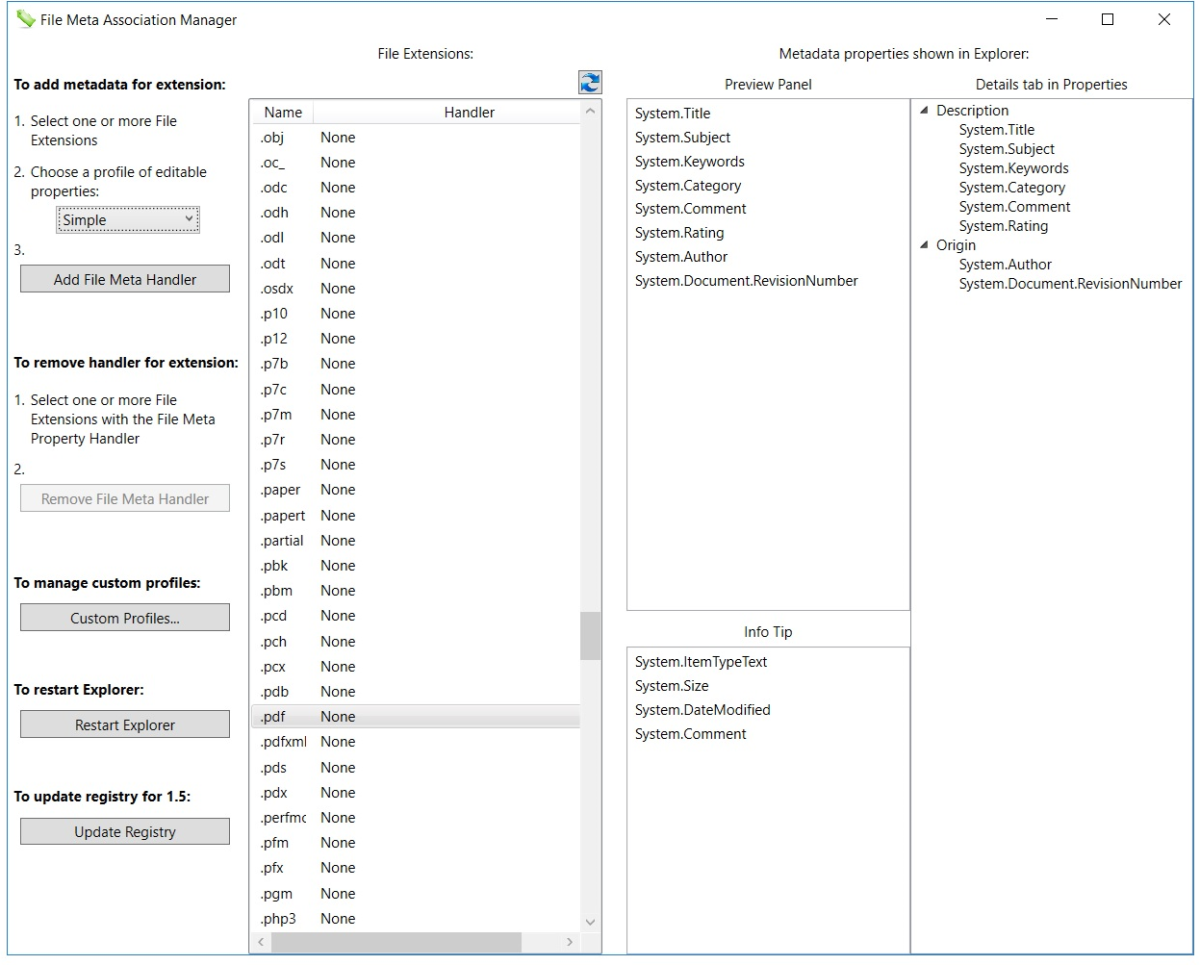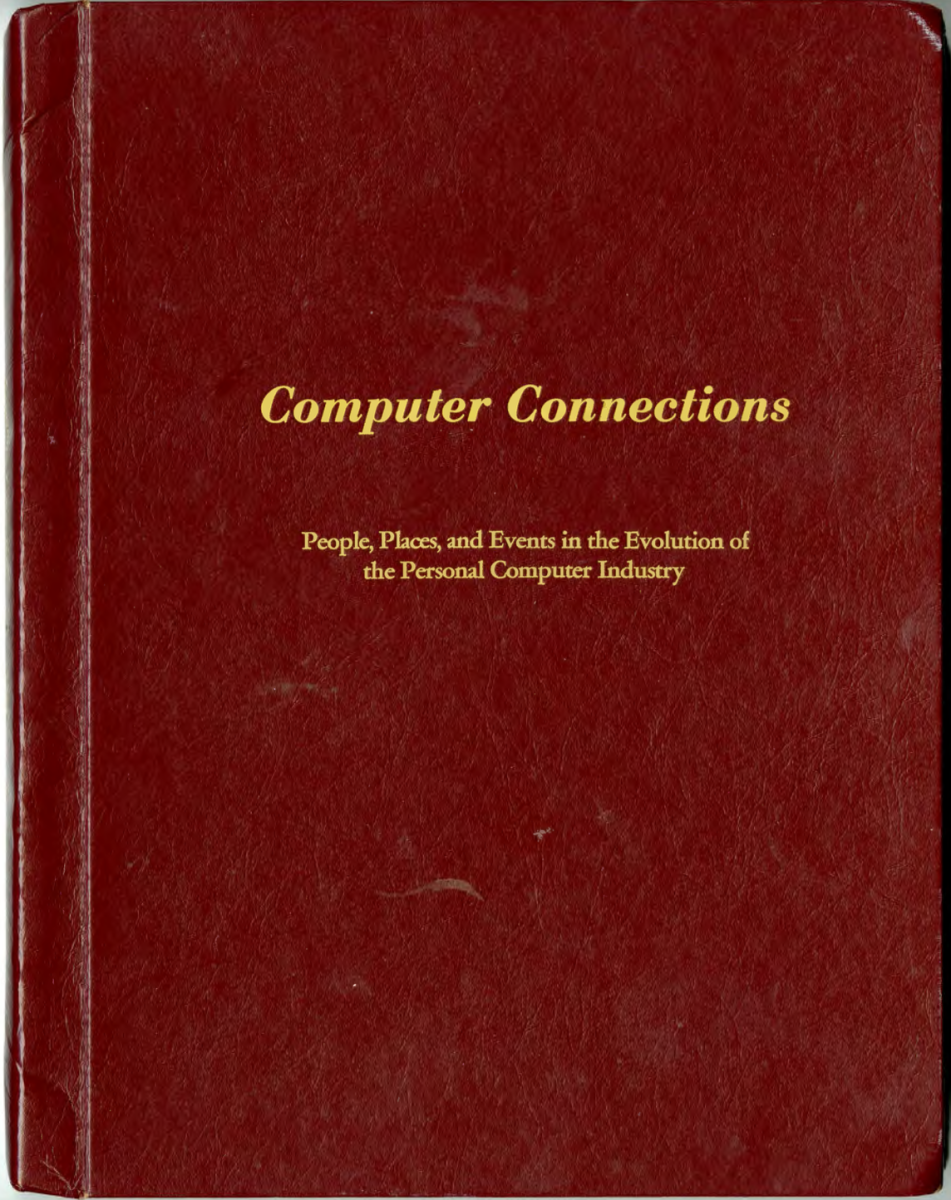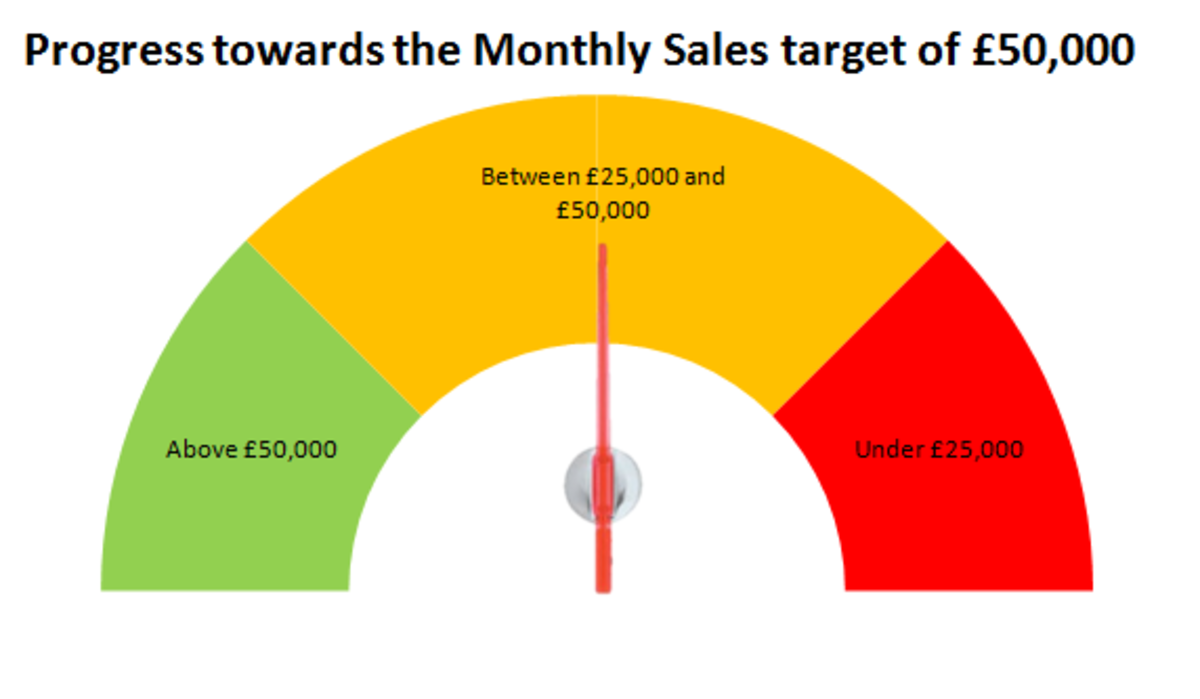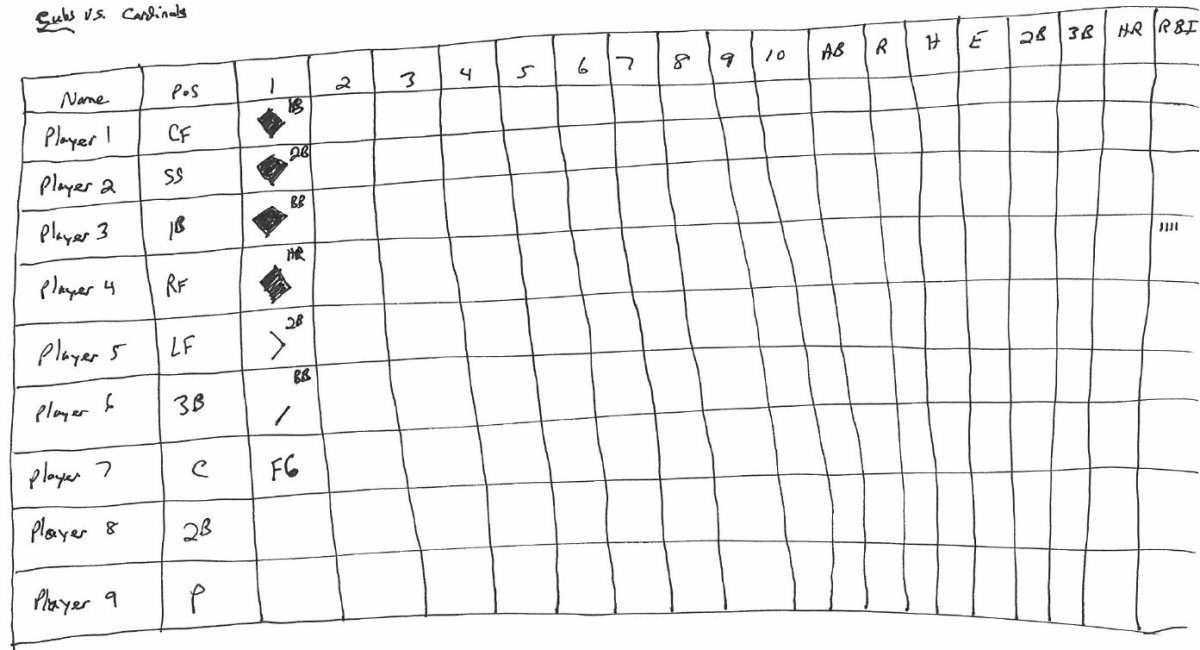Tiff or PDF? Which File Format is Best for Your Document Management Needs?

For most businesses and corporations, going paperless is a great way to reduce waste and improve your bottom line. But before you cancel that shipment of glossy copier paper you need to consider which file format is right to manage your electronic documents. For many people the choice is simple, Adobe's PDF format is best. However for others the TIFF format offers the best flexibility. So which is it? Which file format is best for your document management needs?

TIFF (Tagged Image File Format)
Historically, TIFF has been the choice file format for scanned documents and high resolution images. Originally developed by Aldus (now owned by Adobe) and Microsoft, the TIFF structure can support nearly every color depth and arrangement imaginable. Tiff's can also have highly reduced file sizes (for a raster) due to the possibility of compression ratios as high as 20:1.
One other great thing about TIFFs is that the user potentially has great flexibility in tagging the file. That is to say that the creator can embed a multitude of information into the actual image itself. You can incorporate keywords, copyright information, or even a short story in the metadata of a TIFF. Along with the high compression ratios, this makes TIFFs perfect for georeferenced aerial photography (e.g. GeoTIFFs) and digital elevation models that have embedded height information .
So that sounds great for images, but how does the TIFF fair as a method to store documents? Multiple page documents are supported in a TIFF format, but searchable text is very difficult to come by. In order to make a TIFF document searchable, the user essentially has to enter the text into the embedded tags. The TIFF itself is not directly searchable. If you aren't sure about this, just trying search the Internet for TIFF documents. They just don't really exist because no one is using them for text based documents.
Another downside to the TIFF format is that there is no standardized methodology for storing, creating, and sorting these files. This means that there is never a guarantee that a TIFF document created by your system will open correctly on another person's computer. Additionally, support for vector based imagery, such as text, is not normally available with TIFF.
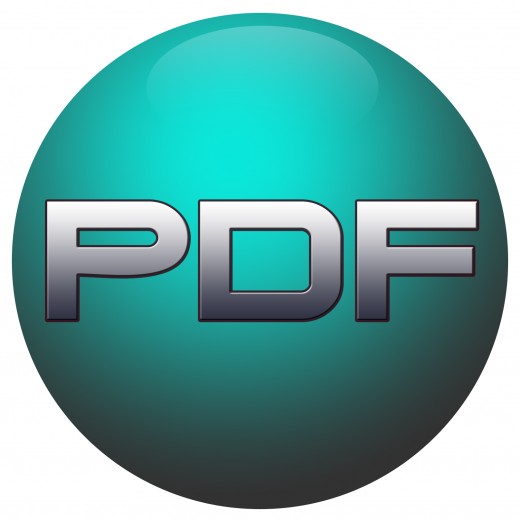
PDF (Portable Document Format)
Invented by Adobe Systems over 17 years ago, the PDF file format has become the gold standard for many things, including published documents. In fact, a Google search for documents stored as a PDF brings in about 568 million results compare to just 47,200 results for TIFF. So just what is it about this file format that makes it so great for documents?
Probably the most important thing about PDF that makes it perfect for documents is that it is searchable. The text in a document, whether saved directly as a PDF or scanned using optical character recognition (OCR) software, is stored in a vector format. The preserves the integrity of the original document while also making it searchable and easier to read. This simple fact alone is the biggest reason why it has become so popular on the Internet.
The PDF file structure is also recognized as the most trusted, reliable, and secure electronic document format available today. When a PDF is created, the user generally has the capability to set the security level of the document. This can limit a reader's ability to view, save, or print the document as well as prohibit the ability to copy text. This file format can even be protected by a password. That's not to say that PDFs are impenetrable, but the security features offer an additional layer of protection for your documents beyond what is offered by a typical TIFF. Additionally, typical PDF documents also meet the legal requirements to be admissible in a court of law. This is because PDFs are inherently more difficult to alter, and if they are manipulated, digital footprints are left behind in the metadata.
Another key advantage to PDF is the ability to integrate all of your typical document types into one streamlined file. A multi-page PDF can store everything from text and photographs to line drawings and even hyperlinks. Forms can even be created in a fillable PDF format which eliminates the need to actually print physical copies of these documents. This advantage is so apparent that the federal government (which is the king of forms by the way) as officially adopted the use of PDF for all of its documents.
PDF is an internationally recognized standard in document storage. This means that nearly any document created in your office can be read, printed, and saved in another office on the other side of the globe. And because of the way Adobe has designed the PDF, all of your documents will look great on your computer screen.
How does PDF Compare to TIFF?
TIFF
| PDF
| |
|---|---|---|
Adopted by the Federal Government?
| No
| Yes
|
Bookmarking
| No
| Yes
|
Color Support
| Any
| Any
|
Data Layering
| No
| Yes
|
Document Admissable in Court
| No
| Yes
|
Dynamic Documents
| No
| Yes
|
Fast Web View (Linearized)
| No
| Yes
|
Fillable Documents
| No
| Yes
|
Hyperlinks
| No
| Yes
|
Maximum File Size
| 4 GB
| None
|
Metadata (Tags)
| Yes
| Yes
|
Multipage Support
| Yes
| Yes
|
Multiplatform Support (Windows, Mac)
| Depends
| Yes
|
Optomizeable
| No
| Yes
|
Password Protection
| No
| Yes
|
Raster Support
| Yes
| Yes
|
Searchable
| Not Typical
| Yes
|
Supports Commenting and Reviewing
| Yes
| Yes
|
Supports Z-Data or Geo Tags?
| Yes
| No
|
Vector Support
| No
| Yes
|
Final Thoughts
Aside from the GeoTIFF, the TIFF format is nearly extinct. PDF is clearly superior to TIFF in nearly every aspect when it comes to managing your documents. Unequivocally, the PDF file format should be your first choice if you are thinking about making the transition to paperless.


